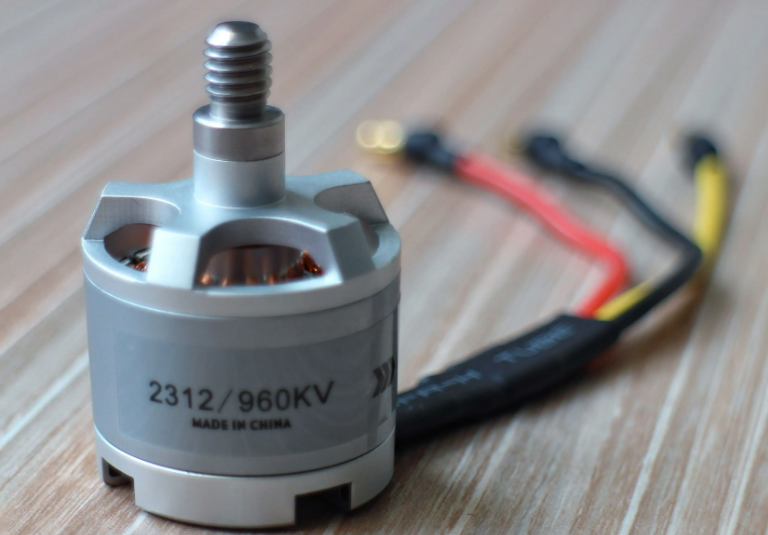10 technical directions and development trends in the field of motor control

Due to technological advancements, integration is taking over the motor control market. Brushless DC motors (BLDC) and permanent magnet synchronous motors (PMSM) of various sizes and power densities are rapidly replacing motor topologies such as brushed AC/DC and AC induction.
BLDC/PMSM are mechanically identical except for the stator windings. Their stator windings use different geometries. The stator is always opposite the motor magnets. These motors provide high torque at low speeds, making them ideal for servo motor applications.
Brushless DC motors and permanent magnet synchronous motors do not need brushes and commutators to drive the motor, so they are more efficient and reliable than brushed motors.
Brushless DC motors and permanent magnet synchronous motors use software-controlled algorithms instead of brushes and mechanical commutators to drive the motor.
The mechanical structure of brushless DC motors and permanent magnet synchronous motors is very simple. There is an electromagnetic winding on the non-rotating stator of the motor. The rotor is made of permanent magnets. The stator can be inside or outside and is always opposite the magnets. But the stator is always the stationary part, and the rotor is always the moving (rotating) part.
Brushless DC motors can have 1, 2, 3, 4 or 5 phases. They may have different names and driving algorithms, but they are all brushless in nature.
Some BLDC motors have sensors to help get the rotor position. Software control algorithms use these sensors (Hall sensors or encoders) to assist in motor commutation or motor rotation. These BLDC motors with sensors are needed when the application needs to start up under high load.
If the BLDC motor does not have a sensor to obtain the rotor position, a mathematical model is used. These mathematical models represent sensorless algorithms. In sensorless algorithms, the motor is the sensor.
Brushless DC motors and PMSMs offer some important system advantages over brushed motors. They are able to drive motors with an electronic commutation scheme that can increase energy efficiency by 20 to 30 percent.
Many products today require variable motor speeds. These motors require pulse width modulation (PWM) to vary the motor speed. Pulse width modulation provides precise control of motor speed and torque, enabling variable speed.



























 XINDA
XINDA